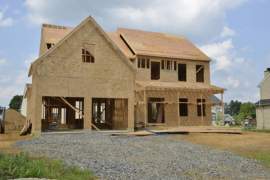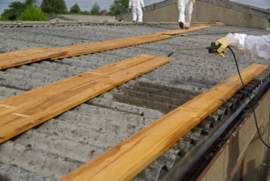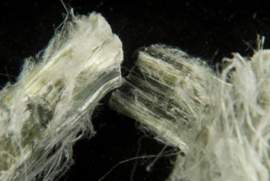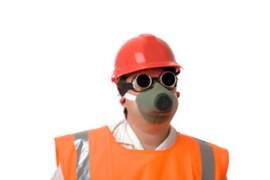
Virginia Asbestos Abatement Procedure
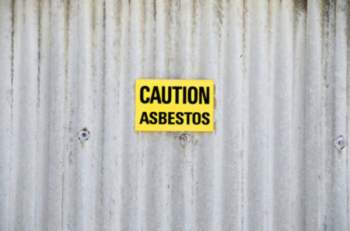
Must Read
The Virginia DEQ and Department of Labor and Industry both play a role in Virginia asbestos abatement procedure. Workers trained in this procedure will be certified by the Virginia Department of Professional and Occupational Regulation through accreditation f training courses and facilitating licensing. The focus of Virginia asbestos abatement procedure is to ensure that the accidental release of asbestos fibers does not occur and that materials are abated properly so as to avoid potential harm to workers and those near the structure. Functions of the Virginia DEQ The Virginia DEQ will regulate the disposal of asbestos containing materials in Virginia landfills. You will need to make arrangements, either through a contractor or directly to the state government to ensure that you comply with disposal regulations. Generally, asbestos materials must be sealed and double bagged before it may be transported. Larger amounts will be transported in larger sealable container. You must make arrangements for transporting the material prior to moving it there. Notification requirements No notification is required for the removal of non-friable asbestos containing materials as long as it is intact and unlikely to break during removal. If the material is likely to crumble, break down or the renovation will involve damaging the non-friable material, then you will need to file a notification with the Virginia DOLI. All friable material removal will require notification so that you can account for the amounts, method of abatement and disposal, as well as the contractor performing the service in accordance with Virginia asbestos abatement procedure. You must file the notification form 10 working days in advance and a permit will be issued approximately 7 days later. No work may start until this is resolved. You may apply for a blanket notification that will cover multiple projects over an extended period of time at one site only. Blanket provisions require that asbestos abatement be occurring everyday when the permit is in effect. Friable vs non-friable asbestos Friable asbestos is dangerous and must be removed from all structures. Friable asbestos breaks into smaller microfibers with minimal contact and is extremely easy to become airborne. Once airborne, the fibers will be inhaled and long term exposure will cause respiratory illness and eventual cancers of the lungs. Non-friable asbestos generally contains the friable asbestos either in an indurate mixture or sealed within lawyers of materials that will not release fibers. This is typically found in old siding and roofing tiles. These materials generally remain in a renovation unless they directly interfere with the project. In demolitions, they are removed. Some non-friable material may be disposed of as construction waste, but materials that crumble, such as concrete, will be treated the same as friable asbestos material. RACMs RACMs describe all materials containing at least 1% asbestos by weight will be considered an asbestos containing material. Some materials may be as high as 50% and a professional with the appropriate equipment should be the only professional to perform Virginia asbestos abatement procedure.




